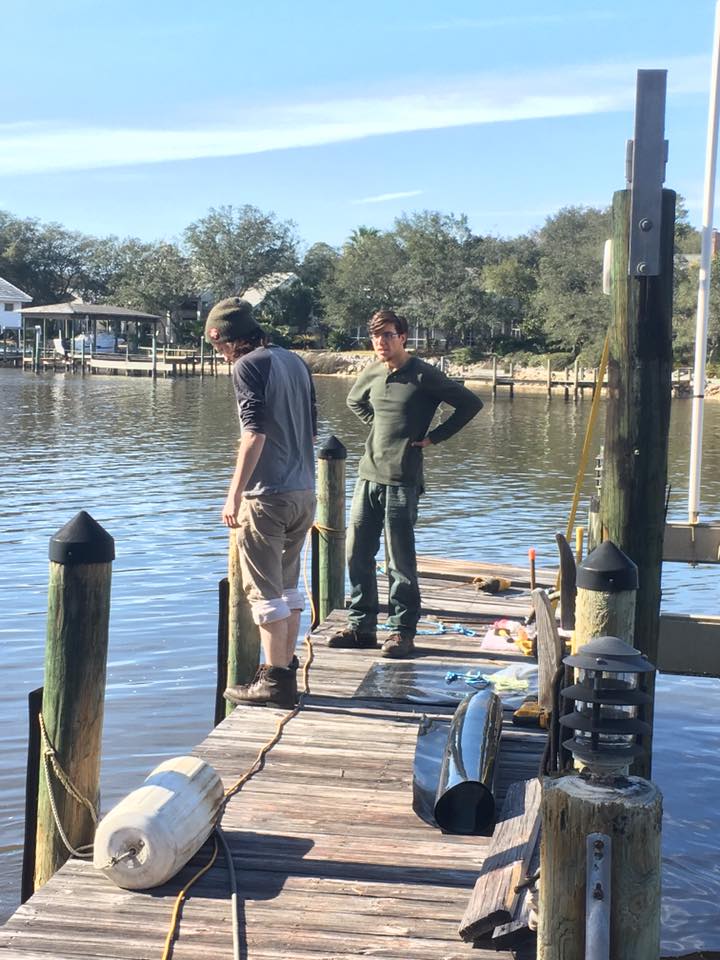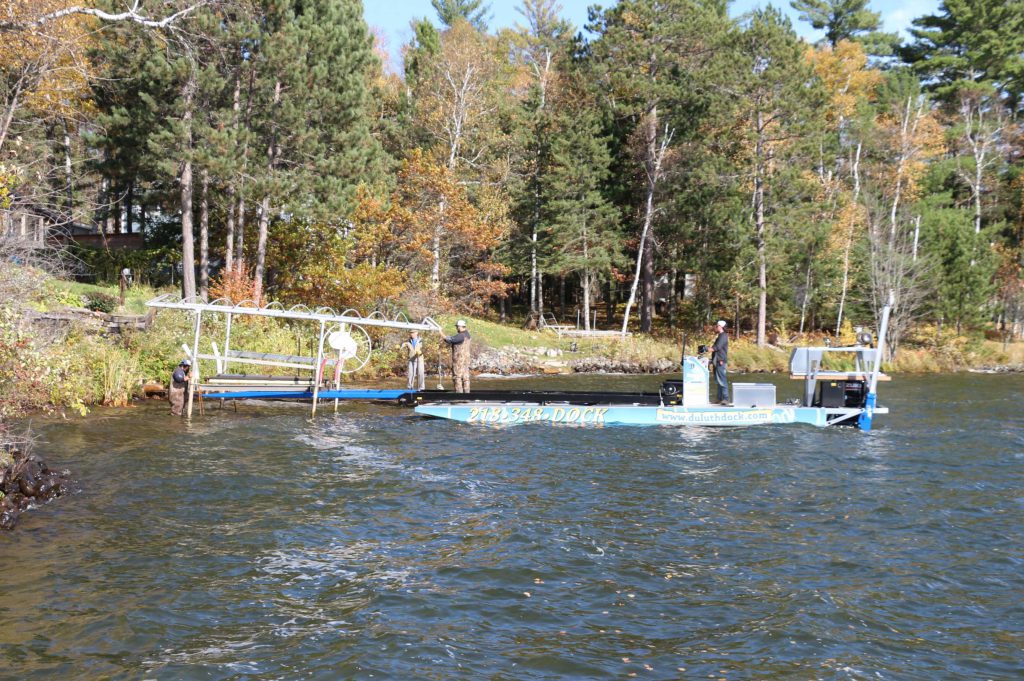DIY Tips for Simple Dock Repairs You Can Manage
DIY Tips for Simple Dock Repairs You Can Manage
Blog Article
Effective Dock Fixing Techniques: Guaranteeing Structural Stability
Making certain the architectural stability of docks with effective fixing strategies is extremely important for the longevity and safety of marine facilities. This involves a multi-faceted method starting with comprehensive inspections using sophisticated technologies like sonar tools and remotely ran lorries (ROVs) to spot both noticeable and hid problems. Subsequently, picking the right repair service materials, such as composite materials and corrosion-resistant alloys, is vital for resilience. Structural support approaches, consisting of the execution of cross-bracing systems and load-distribution plates, play an important duty in mitigating tension factors. The importance of these strategies comes to be apparent when exploring innovative repair work techniques and preventative maintenance methods.
Evaluating Dock Damages
Examining dock damages is an essential initial step in guaranteeing the architectural integrity and security of any docking facility. This initial assessment includes a thorough evaluation to determine both hidden and noticeable problems. Trick elements to examine include the dock's structure, pilings, outdoor decking, and hardware. Each element should be inspected for indications of wear, rot, rust, or various other forms of deterioration that might endanger the structural integrity.
Architectural designers or certified examiners typically perform these analyses using specialized techniques and tools. Undersea examinations might utilize finder equipment or remotely operated lorries (ROVs) to find immersed damages. Above water, visual evaluations are matched by utilizing wetness meters and various other diagnostic devices to uncover underlying issues not promptly visible to the naked eye.

Choosing Repair Service Products
Selecting the ideal repair materials is an essential action in the dock remediation process, one that straight influences the long life and efficiency of the repaired structure. Material choice have to be driven by factors such as environmental problems, load-bearing demands, and compatibility with existing dock parts. Timber is a traditional choice for docks due to its natural resilience and aesthetic appeal. Picking the best kind of timber, such as pressure-treated lumber or naturally rot-resistant varieties like cedar or teak, is important to stand up to marine atmospheres.
In enhancement to timber, composite materials are increasingly prominent due to their sturdiness and low upkeep requirements. Compounds, normally made from a mix of plastic and wood fibers, supply exceptional resistance to rot, bugs, and UV damages. For metal anchors, choosing corrosion-resistant alloys such as galvanized steel or marine-grade light weight aluminum is important to avoid corrosion and guarantee architectural stability in saline water problems.
Epoxy materials and marine-grade sealers are essential for repairing fractures and securing joints, giving a water-proof barrier and boosting the dock's overall stamina. By thoroughly choosing high-grade products, dock fixings can achieve long-lasting results, consequently guarding versus future destruction and ensuring safe, dependable use.
Structural Support Strategies
Efficient structural reinforcement techniques are critical in ensuring the security and long life of dock fixings. One basic technique entails making use of steel or composite support bars (rebar) within concrete structures. Rebar provides added tensile toughness, stopping fractures and distributing lots more equally. This approach is specifically efficient for docks revealed to heavy loads or harsh ecological conditions.
An additional necessary technique is the application of fiber-reinforced polymers (FRP) These materials supply high strength-to-weight ratios and exceptional resistance to corrosion, making them ideal for enhancing concrete or wood anchors. FRP can be applied in sheets or strips and bound with epoxy resins to boost structural honesty.
Supporting and anchoring systems likewise play a crucial duty in structural reinforcement. Cross-bracing, making use of metal or wooden light beams, can combat lateral forces, lowering swaying and motion. Securing systems, such as helical piers or driven piles, supply a secure foundation by transferring lots to much deeper, much more steady dirt layers.
Lastly, the combination of load-distribution plates can aid disperse weight more uniformly throughout the dock's surface, alleviating local stress and anxiety points. These techniques collectively make sure that anchors continue to be robust and risk-free, qualified of withstanding the rigors of their operational environment.
Advanced Repair Work Techniques

An additional advanced method entails undersea welding, which allows for repair work to be performed without the need to dewater the area. This method is specifically advantageous for resolving structural issues in submerged dock parts, making sure minimal interruption to procedures. Boosted welding strategies, coupled with robotic systems, deliver precision and reliability, thus expanding the life-span of the dock.
Additionally, cathodic protection systems are executed to stop rust in metal dock structures. By utilizing sacrificial anodes or impressed existing systems, these strategies successfully alleviate the electrochemical processes that bring about product degeneration.
Lastly, advanced monitoring technologies, such as architectural wellness tracking (SHM) systems, supply real-time information on the condition of content dock structures. These systems make it possible for aggressive upkeep and timely interventions, inevitably making certain the long-lasting architectural honesty of the dock.
Maintenance and Prevention
Upkeep and avoidance are essential concepts that underpin the long life and security of dock structures. Regular examinations are extremely important, permitting very early detection of damage, prospective weaknesses, and ecological Visit Website effects. A proactive technique, including regular look for rust, rot, and architectural shifts, reduces pricey repair services and prolongs the dock's functional life.
Safety nets must include applying protective coatings to steel components to secure against corrosion and utilizing cured wood to stand up to decay. In addition, ensuring appropriate drainage and air flow can prevent water build-up, which is an usual reason for architectural degradation. Integrating top quality materials and sticking to producer standards during building and repair phases additionally play vital duties in enhancing longevity.

Educating personnel in dock maintenance ideal methods guarantees regular application of precautionary measures. Leveraging technical developments, such as drones for evaluations and sensing units for real-time tracking, can better improve upkeep initiatives. By focusing on upkeep and avoidance, dock proprietors can make certain architectural stability, operational security, and economical administration over the dock's life expectancy.
Final Thought
In verdict, keeping the architectural integrity of marine facilities demands detailed dock repair service strategies. Advanced fixing strategies, combined with routine maintenance methods, guarantee the dock remains safe and functional under varied ecological conditions.
Guaranteeing the structural honesty of anchors through effective repair strategies is extremely important for the durability and security of aquatic centers.Selecting the ideal repair service materials is a crucial action in the dock remediation process, one that straight affects the longevity and efficiency of the repaired framework.Effective architectural reinforcement strategies are vital in ensuring the security and longevity of dock fixings. By focusing on maintenance and avoidance, dock owners can make sure structural stability, functional security, and cost-efficient administration over the dock's lifespan.
In final thought, keeping the structural honesty of marine centers necessitates extensive dock fixing techniques.
Report this page